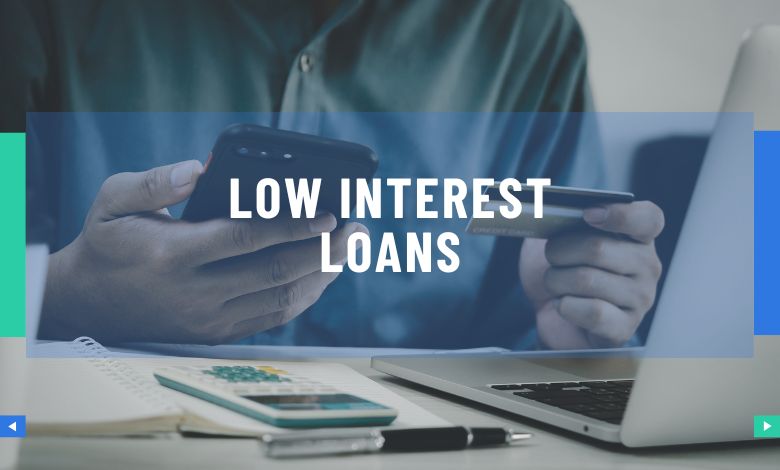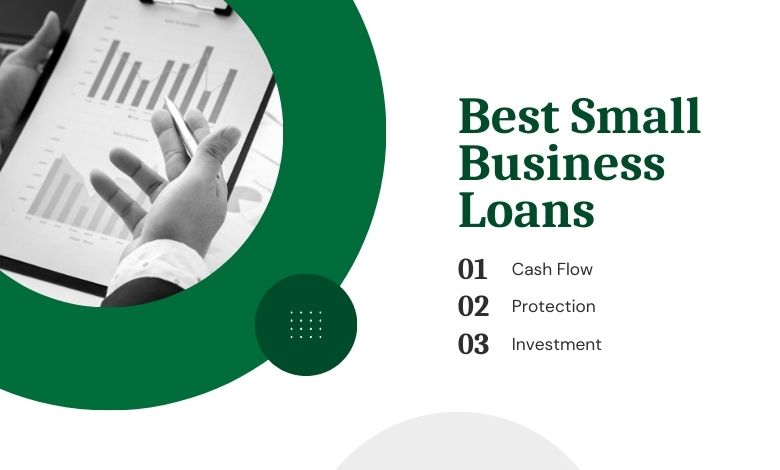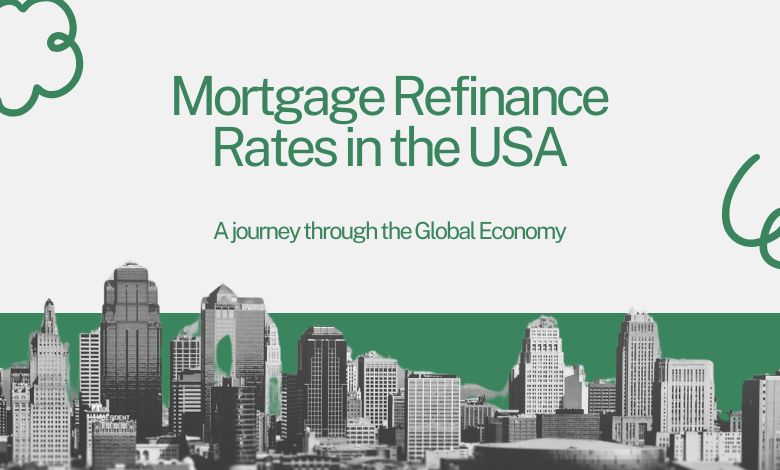Managing multiple debts can feel overwhelming. Credit card balances, personal loans, medical bills, and other high-interest obligations can quickly add up, leaving borrowers struggling to keep up with payments. Debt consolidation—especially through low-interest loans—is one of the most effective strategies to regain control over finances in the USA.
This article explores how to consolidate debt with low-interest loans in the USA, the benefits, potential risks, available loan types, and practical steps to make consolidation successful in 2025 and beyond.
What is Debt Consolidation?
Debt consolidation is the process of combining multiple debts into a single loan with one monthly payment—ideally at a lower interest rate.
For example, if you have three credit cards with APRs of 20%–25%, consolidating them into a personal loan with an 8%–12% APR can save you money and simplify repayment. Instead of tracking multiple due dates and rates, you’ll only have one predictable monthly bill.
Why Use Low-Interest Loans for Debt Consolidation?
The main reason borrowers in the USA choose low-interest loans for debt consolidation is cost savings. Here’s why:
- Lower Interest Rates: Credit card APRs in 2025 average between 20% and 28%. A consolidation loan with a 7%–12% APR can drastically reduce interest charges.
- Fixed Monthly Payments: Personal loans usually have fixed payments, which helps in budgeting.
- Shorter Repayment Timeline: You can set a specific payoff date instead of paying indefinitely on credit cards.
- Improved Credit Score: Consolidation may reduce your credit utilization ratio, improving your FICO score.
- Less Stress: Managing one payment is easier than juggling five different bills.
Types of Low-Interest Loans for Debt Consolidation in the USA
When consolidating debt, different types of loans are available. Choosing the right one depends on your credit profile, income, and goals.
1. Personal Loans (Most Common Method)
- APR Range (2025): 6% – 36%
- Loan Amounts: $1,000 – $100,000
- Repayment Terms: 2 – 7 years
- Best For: Borrowers with good credit who want a fixed-rate, unsecured loan.
Personal loans are the most popular choice for debt consolidation. Banks, credit unions, and online lenders provide quick approvals and fast funding. Borrowers with excellent credit may qualify for rates under 10%.
2. Balance Transfer Credit Cards
- Intro APR: 0% for 12–21 months (depending on card)
- Balance Transfer Fee: Typically 3%–5% of the transferred balance
- Best For: Borrowers with good-to-excellent credit who can pay off debt within the promotional period.
Balance transfer cards allow you to move high-interest balances onto a card with a 0% APR for a limited period. This can save significant money if you can pay off the balance before the intro period ends.
3. Home Equity Loans (HELs) and Home Equity Lines of Credit (HELOCs)
- APR Range (2025): 6% – 10%
- Best For: Homeowners with significant equity in their property.
These loans use your home as collateral, which makes them riskier but usually cheaper. A home equity loan provides a lump sum with fixed payments, while a HELOC works like a revolving line of credit.
4. Debt Management Plans (DMPs) via Credit Counseling Agencies
- APR Range: Reduced rates negotiated with creditors (often 8%–12%)
- Best For: Borrowers struggling with payments who want professional help.
DMPs aren’t loans but structured repayment plans where a counselor negotiates lower interest rates with creditors. You make one payment to the counseling agency, which distributes it to creditors.
5. 401(k) Loans (Last-Resort Option)
- APR Range: Typically 1–2% plus prime rate (effectively 6%–9% in 2025)
- Best For: Borrowers who have retirement savings and no other options.
This method borrows against your retirement funds. While interest rates may be low, you risk hurting your retirement savings and facing penalties if you leave your job.
Steps to Consolidate Debt with a Low-Interest Loan
Here’s a step-by-step guide to consolidating debt effectively in the USA:
Step 1: Assess Your Debt Situation
- List all debts, balances, interest rates, and minimum payments.
- Example: Three credit cards with balances of $3,000, $4,500, and $5,500, with APRs of 21%, 24%, and 26%.
Step 2: Check Your Credit Score
- Most low-interest loans require at least a 670+ credit score.
- Higher scores (740+) qualify for the lowest rates.
- Use free credit reports from Equifax, Experian, or TransUnion.
Step 3: Research Lenders and Loan Options
- Compare banks, credit unions, and online lenders.
- Prequalify online to check potential rates without a hard credit pull.
- Example lenders in 2025 include LightStream, SoFi, Marcus, Discover, and Upstart.
Step 4: Apply for the Loan
- Submit documents like ID, proof of income, and bank statements.
- Lenders will run a hard credit inquiry.
Step 5: Pay Off Existing Debts
- Use the loan funds to directly pay off high-interest accounts.
- Some lenders even pay creditors directly to simplify the process.
Step 6: Commit to One Monthly Payment
- Make consistent on-time payments to avoid fees.
- Consider setting up automatic payments for peace of mind.
Step 7: Avoid New Debt
- Don’t accumulate fresh credit card balances after consolidating.
- Otherwise, you may end up in a worse position than before.
Benefits of Debt Consolidation
- Save Money: Reducing APR from 25% to 8% could save thousands over the life of a loan.
- Boost Credit Score: Lower credit utilization ratio improves your score.
- Simplify Finances: One monthly payment is easier to manage.
- Faster Debt Freedom: Structured repayment ensures progress toward payoff.
Risks and Drawbacks to Consider
- Origination Fees: Some lenders charge 1%–8% of the loan amount upfront.
- Longer Loan Terms: Extending payments may lower monthly costs but increase total interest.
- Collateral Risks: With home equity loans, your home is at risk if you default.
- Temptation to Overspend: Many borrowers pay off cards only to run them back up again.
Example Scenario: How Much Can You Save?
Let’s compare:
- Current Debt: $15,000 spread across three credit cards at 24% APR
- Monthly Minimum Payments: $450
- Time to Pay Off: 8–10 years, with total interest exceeding $12,000
Consolidation Loan Example:
- Loan Amount: $15,000
- APR: 8%
- Term: 5 years
- Monthly Payment: ~$304
- Total Interest Paid: ~$3,250
Savings: Nearly $9,000 less interest and paid off years earlier.
Who Should Consider Debt Consolidation?
- Borrowers with good credit who qualify for lower rates.
- Individuals with multiple high-interest credit cards.
- Those committed to avoiding new debt after consolidation.
- Homeowners with significant equity seeking lower secured loan rates.
Alternatives to Debt Consolidation Loans
If you don’t qualify for a low-interest loan, consider these options:
- Snowball or Avalanche Repayment Methods: Focus on one debt at a time without new loans.
- Debt Settlement: Negotiate reduced balances with creditors (can harm credit).
- Bankruptcy: A last resort if debts are unmanageable.
Tips to Qualify for the Lowest Rates in 2025
- Improve Your Credit Score: Pay down existing balances and avoid late payments.
- Shop Around: Compare offers from at least 3–5 lenders.
- Apply for the Right Loan Type: Don’t risk your home unless you’re confident in repayment.
- Keep Loan Term Short: A 3–5 year loan saves more than a 7-year one.
- Avoid Multiple Hard Inquiries: Too many applications can lower your score.
Final Thoughts
Consolidating debt with a low-interest loan in the USA is one of the smartest financial strategies for 2025. It can help borrowers save thousands in interest, simplify repayment, and regain control over their financial lives.
The key to success lies in:
- Choosing the right type of loan (personal loan, balance transfer card, home equity loan, etc.)
- Qualifying for the lowest possible APR
- Staying disciplined and avoiding new debt
When done correctly, debt consolidation can be the turning point from financial stress to financial freedom.



